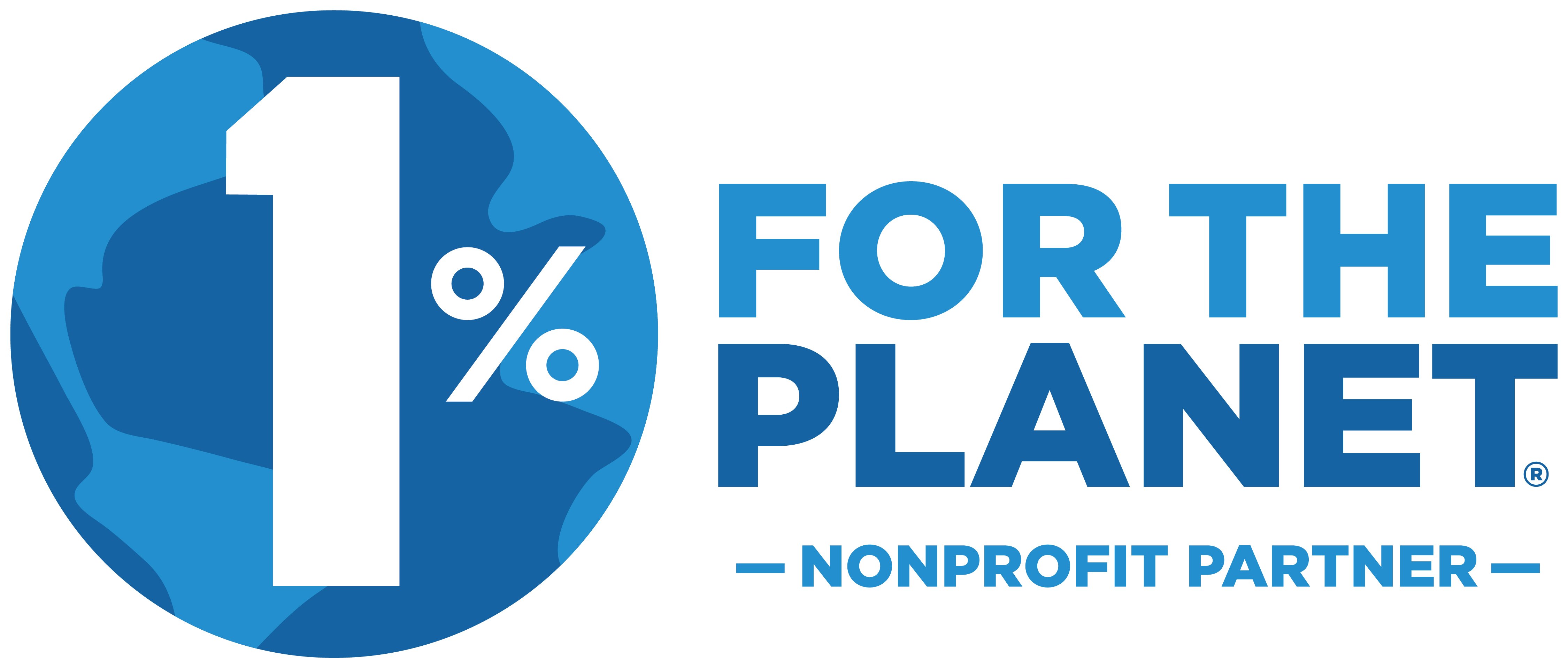Art to heal and transform: the history of Urban HeArt
In Guatemala, having an uphill road is the common denominator for the majority. This country, which feeds and normalizes inequalities also imposes the challenge of facing exclusion, indifference and prejudice on the less favored citizens in order to get ahead.
Such is the case for a group of young people from Vista Hermosa, a marginal area of Jocotenango, Sacatepéquez. The place is also known as “El Papelillo” due to the innumerable paper waste that flies away with the wind from the landfill that is located next to said settlement.
Being born or living there is in itself a stigma for its inhabitants compared to the rest of the residents of the municipality. Other residents see them with disdain, contempt and a certain fear. These young people, mostly men, have faced the consequences of coming from broken homes, absent fathers, and a lack of opportunities in education, employment, and recreation.
They grew up on their own, forming their character and perspectives of life on the street. There they were left vulnerable to an infinity of influences. As a consequence, many of them were lost to drugs, gangs and crime; others, on the other hand, inevitably had feelings of hatred and animosity towards society and yet managed to transmute them into the energy that today inspires them to do what they are most passionate about: urban art.
Thanks to the Open Schools program during the government of Álvaro Colom, these young people had their first approach to much knowledge distant to their environment. Some leaned towards the plastic arts, others towards dance. Thus, they began to develop in these areas, fundamentally in a self-taught way.
Years later, the organization Lead-Up International recognized their potential. They began to accompany them to help them attend to their emotional wounds and make their talent visible. From this, these young people were able to exploit and improve their techniques on urban art. Breakdance and muralism were the disciplines that had the greatest impact on them, and boy are they good.
Behind the flat-brimmed caps, baggy clothes, tattoos and earrings lies enormous talent and sensitivity. Tremendous works of art have emerged on the walls of the settlement that is their home, where creations of important recognized graffiti artists of the urban genre have also been captured. Likewise, those who practice breakdance which comes originally from the Bronx and is now recognized as an Olympic sport have been Central American champions four times. Their dream is to participate in the 2024 Paris Olympics.
Today, the Urban HeArt collective (@urbanheartguate) is an initiative that seeks to use and strengthen art as a tool for social transformation. From being young people without hope, now they are artists and activists for the culture of non-violence, and they not only seek to achieve their personal development, but also the transformation of their community.
The boys who decided to dedicate themselves to muralism have been accompanied by Chota 13 (@chota_13), a renowned Colombian artist who, with his art, has contributed to turning the public space of one of the most excluded districts of Medellín into a tourist point of reference in the city.
With this artist they have exchanged ideas and visions. Following this model, they have designed a sustainable community tour through which they share their stories, creations and spaces with those who want to meet them. During the journey, the young people are the community guides who act as a bridge between community members and visitors, showing various forms of urban art and life stories at each stop. Part of the resources they receive are used to improve living conditions and the spaces of the community.
It is a fledgling effort but with great potential. A project that, with a medium and long-term vision, can become an efficient model of inclusion and development for the most invisible areas. It constitutes, at the same time, an opportunity to have a rapprochement with the inequality of this country, and where, however, a light of hope sneaks in.
It is certainly not Cayalá, and fortunately they do not claim to be. Cayalá is not Guatemala either.
Visiting El Papelillo is a chance to dare to raise awareness, break prejudices and understand that, sometimes, it is enough to reach out and see with eyes of empathy those who systematically turn out to be the last in line.
If we want different results, let's do things differently. The guys at Urban HeArt are trying. Hopefully we dare to turn to see them.
Original text in Spanish by Fernando Barrillas of Quorum https://quorum.gt/voces/arte-para-sanar-y-transformar-la-historia-de-urban-heart/



